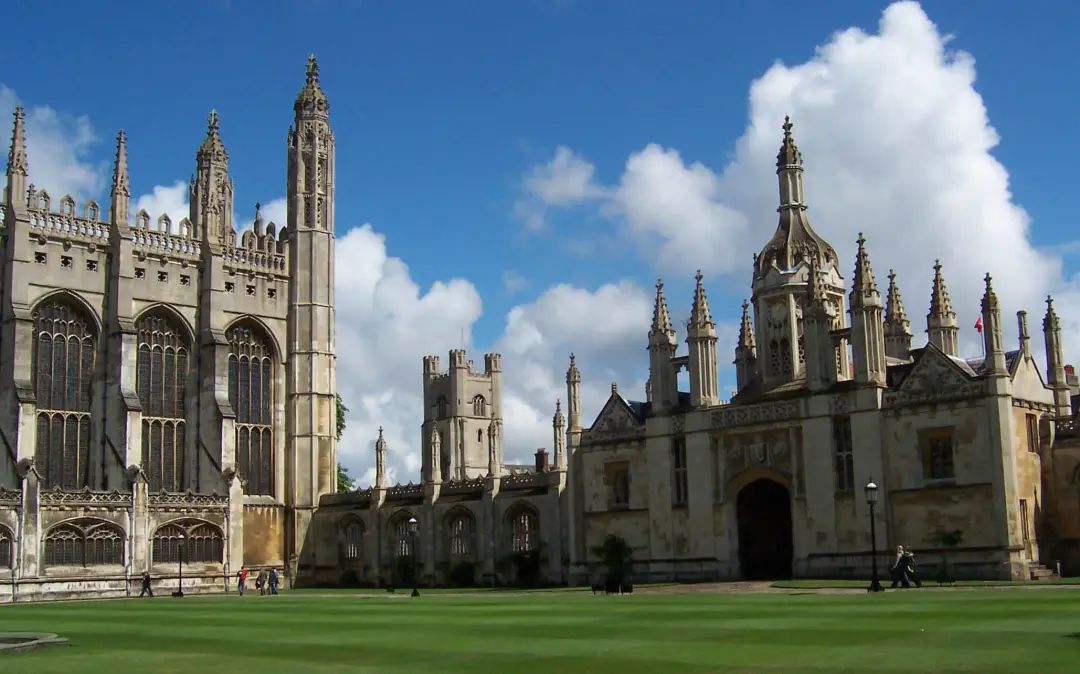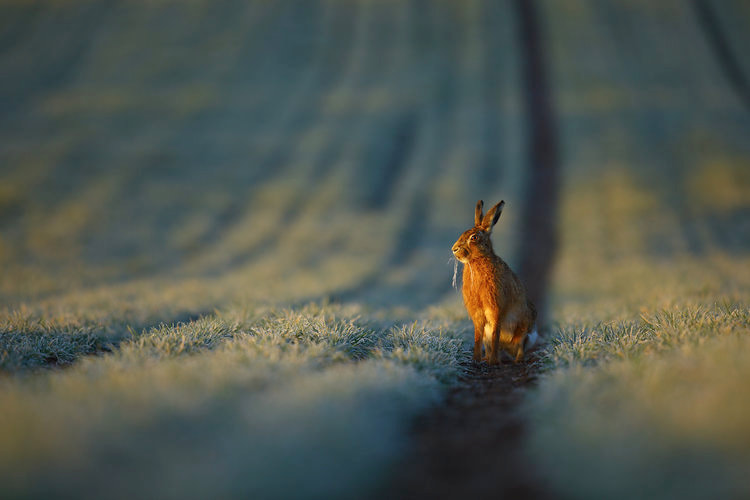
IELTS General Training Volume 6
- Published on: 27 Jul 2018
- Tests taken: 386,808
Answer Keys:
Part 1: Question 1 - 14
- 1 E
- 2 B
- 3 F
- 4 B
- 5 A
- 6 C
- 7 A
- 8 TRUE
- 9 FALSE
- 10 NOT GIVEN
- 11 TRUE
- 12 FALSE
- 13 FALSE
- 14 TRUE
- 1 E
- 2 B
- 3 F
- 4 B
- 5 A
- 6 C
- 7 A
- 8 TRUE
- 9 FALSE
- 10 NOT GIVEN
- 11 TRUE
- 12 FALSE
- 13 FALSE
- 14 TRUE
Part 2: Question 15 - 27
- 15 confidence
- 16 website
- 17 duties
- 18 charity
- 19 ambitions
- 20 gaps
- 21 salary
- 22 competitors
- 23 delivery
- 24 premises
- 25 law
- 26 costs
- 27 funding
- 15 confidence
- 16 website
- 17 duties
- 18 charity
- 19 ambitions
- 20 gaps
- 21 salary
- 22 competitors
- 23 delivery
- 24 premises
- 25 law
- 26 costs
- 27 funding
Part 3: Question 28 - 40
- 28 v
- 29 ix
- 30 iii
- 31 vii
- 32 ii
- 33 viii
- 34 C
- 35 A
- 36 C
- 37 stamina
- 38 dog
- 39 vision
- 40 ears
- 28 v
- 29 ix
- 30 iii
- 31 vii
- 32 ii
- 33 viii
- 34 C
- 35 A
- 36 C
- 37 stamina
- 38 dog
- 39 vision
- 40 ears
Leaderboard:
| # | User | Score | Time | |
|---|---|---|---|---|
| R Chang |  | 9.0 | 15:18 | |
| Malak Singh |  | 9.0 | 15:20 | |
| BHAVDIP PANSURIYA |  | 9.0 | 15:36 | |
| 4 | Ekaterina Soboleva |  | 9.0 | 15:55 |
| 5 | Saransh Gudwani |  | 9.0 | 15:55 |
| 6 | Karan talwar |  | 9.0 | 16:24 |
| 7 | Nguyễn Ngọc Hưng |  | 9.0 | 16:50 |
| 8 | barik wil |  | 9.0 | 17:00 |
| 9 | Ludmila Vepritskaya |  | 9.0 | 17:06 |
| 10 | Gitika Verma |  | 9.0 | 19:28 |
Review & Explanations:
Questions 1-7
Look at the six visitor attractions in southern England, A-F, in above text.
For which visitor attraction are the following statements true?
Write the correct letter, A-F, in boxes 1-7 on your answer sheet
NB You may use any letter more than once.
1 Visitors can look at animals from another part of the world.
2 People can hold a business conference in this place.
3 Visitors can find out what toys were used in the last century.
4 Activities are available all year round here.
5 You can buy light meals here.
6 Visitors can see how food was prepared in the past.
7 You can visit modern imitations of old buildings here.
- 1 Answer: E
Keywords in Questions
Similar words in Passage
Q1: Visitors can look at animals from another part of the world.
E. Canford Wildlife Centre
At Canford we have a new walk-through exhibit called Island Magic. Here visitors can observe many species from the tropical island of Madagascar and read about some of the urgent conservation projects that are taking place there to save endangered species from extinction.Note:
The keywords are “look at animals” and “from another part of the world”.
After skimming, we can find that information of Q1 should be found in E paragraph as: E paragraph mentioned “visitors can observe many species from the tropical island of Madagascar”. The keyword “look at” is synonym for “observe”, “animals” is synonym for “many species”.
So, we can conclude that the answer is E.
- 2 Answer: B
Keywords in Questions
Similar words in Passage
Q2: People can hold a business conference in this place.
B. Withney Wetland Centre
Visitors will enjoy a visit to Withney whatever the season. In winter, for example, they can watch from the centrally heated observatory as thousands of swans feed on the water. Trained wardens give informative talks or lead guided walks round the site. The visitors’ centre may also be hired for private or corporate events.Note:
The keyword is “hold a business conference”.
After scanning, we can find these keywords in the B paragraph.
B paragraph mentioned “The visitors’ centre may also be hired for private or corporate events”. The keyword “a business conference” is synonym for “private or corporate events”
For that reason, we can conclude that the answer is B.
- 3 Answer: F
Keywords in Questions
Similar words in Passage
Q3: Visitors can find out what toys were used in the last century.
F. Oakwell Museum
This is an ideal venue for families. They can visit the childhood gallery with its large playroom, and listen to stories told by actors dressed in the costumes of a hundred years ago. They can also enjoy the popular games and wooden animals of that period.Note
The keywords are “toys” and “the last century”.
After scanning, we can find these keywords in the F paragraph.
F paragraph mentioned “They can also enjoy the popular games and wooden animals of that period”. The keyword “toys” is synonym for “popular games and wooden animals”. And it mentioned “that period” means “a hundred years ago” in the previous sentence.
For that reason, we can conclude that the answer is F.
- 4 Answer: B
Keywords in Questions
Similar words in Passage
Q4: Activities are available all year round here.
B. Withney Wetland Centre
Visitors will enjoy a visit to Withney whatever the season. In winter, for example, they can watch from the centrally heated observatory as thousands of swans feed on the water. Trained wardens give informative talks or lead guided walks round the site. The visitors’ centre may also be hired for private or corporate events.Note
The keyword is “available all year round”.
After scanning, we can find these keywords in the B paragraph.
B paragraph mentioned “Visitors will enjoy a visit to Withney whatever the season”. The keyword “available all year round” is synonym for “whatever the season”.
For that reason, we can conclude that the answer is B.
- 5 Answer: A
Keywords in Questions
Similar words in Passage
Q5: You can buy light meals here.
A. Blackthorn Castle
This famous, historically accurate, reconstructed castle and village enables visitors to travel back in time. Explore the grounds and experience the atmosphere of an ancient lifestyle. In the fields you can see the type of sheep that the original inhabitants of the castle probably kept. Homemade snacks are on sale.Note:
The keywords are “buy” and “light meals”.
After scanning, we can find these keywords in the A paragraph.
A paragraph mentioned “Visitors will enjoy a visit to Withney whatever the season Homemade snacks are on sale”. The keyword “buy” is synonym for “on sale”, and “light meals” is synonym for “homemade snacks”.
For that reason, we can conclude that the answer is A.
- 6 Answer: C
Keywords in Questions
Similar words in Passage
Q6: Visitors can see how food was prepared in the past.
C. Headley Hall
Headley Hail is a large seventeenth-century country house, preserved as it was when it was built. Take time to admire the various works of art displayed, and visit the huge kitchen complete with period equipment – demonstrations are given at weekends. In the park there is space for the younger visitors to run around, and picnic tables are available.
Note
The keywords are “how food was prepared” and “in the past”.
After scanning, we can find these keywords in the C paragraph.
C paragraph mentioned “visit the huge kitchen complete with period equipment”. The “huge kitchen” is place where food was prepared. The keyword “in the past” is synonym for “period”.
For that reason, we can conclude that the answer is C.
- 7 Answer: A
Keywords in Questions
Similar words in Passage
Q7: You can visit modern imitations of old buildings here.
A. Blackthorn Castle
This famous, historically accurate, reconstructed castle and village enables visitors to travel back in time. Explore the grounds and experience the atmosphere of an ancient lifestyle. In the fields you can see the type of sheep that the original inhabitants of the castle probably kept. Homemade snacks are on sale.
Note:
The keywords are “modern imitations” and “old buildings”.
After scanning, we can find these keywords in the A paragraph.
A paragraph mentioned “reconstructed castle and village enables visitors to travel back in time”. “Reconstructed castle and village” is synonym for “modern imitations”. They also mentioned “travel back in time”, it means the “reconstructed castle and village” were imitated “old buildings”
For that reason, we can conclude that the answer is A.
Questions 8-14
Do the following statements agree with the information given in the text above?
| TRUE | if the statement agrees with the information |
| FALSE | if the statement contradicts the information |
| NOT GIVEN | If there is no information on this |
8 A paraglider is more comfortable than a parachute.
9 Most paragliding schools are situated by the sea.
10 Learners must pass a theory test in order to get their licence.
11 Learners are able to paraglide unaccompanied after a week’s course.
12 It is advisable to purchase some equipment before you do your training.
13 Fit people of any age can take up paragliding.
14 The preliminary uphill walk may strain some of your muscles.
- 8 Answer: TRUE
Keywords in Questions
Similar words in Passage
Q8: A paraglider is more comfortable than a parachute.
The harness is where the pilots sit – and they report that it outperforms a parachute in terms of comfort.
Note
The keywords in the question are "comfortable" and “a parachute”. Paragraph referring to “parachute” is 1st which is about “what is paragliding?”. It also mentioned “comfort” instead of “comfortable” and it is said that the harness outperformed a parachute in terms of comfort.
Therefore, the answer is True.
- 9 Answer: FALSE
Keywords in Questions
Similar words in Passage
Q9: Most paragliding schools are situated by the sea.
There are lots of schools, mainly based inland by appropriate hills or mountains, and there are also schools on the coast near spectacular cliffs.
Note
The keywords are “most schools” and “by the sea”. Therefore, the needed information is in the paragraph which about “where do I learn?”.
This paragraph mentioned that lots of schools mainly based inland and also on the coast, so the figure of schools which are situated by the sea did not account for the largest number of paragliding schools.
For that reason, the answer is False.
- 10 Answer: NOT GIVEN
Keywords in Questions
Similar words in Passage
Q10: Learners must pass a theory test in order to get their licence.
All schools will show you within a couple of days how to inflate the canopy, launch and land. They use radio instruction, tandem flying practice and schoolroom theory sessions to help you get the most from paragliding. It takes about seven days to get your basic licence; then you’re free to fly independently at sites across Australia.
Note
The keywords are “must pass theory test” and “get their licence”.
“Schoolroom theory” was mentioned in the passage as a tool to help you have better understanding of paragliding.
However, there is no information about learners have to pass a theory test to get a licence.
For that reason, the answer is Not Given.
- 11 Answer: TRUE
Keywords in Questions
Similar words in Passage
Q11: Learners are able to paraglide unaccompanied after a week’s course.
It takes about seven days to get your basic licence; then you’re free to fly independently at sites across Australia.
Note
The keywords are “able to paraglide unaccompanied” and “a week’s course”.
After answering Q10, the information of Q11 was mentioned. “Seven days” is “a week” and “paraglide unaccompanied” means “fly independently”.
For that reason, the answer is True.
- 12 Answer: FALSE
Keywords in Questions
Similar words in Passage
Q12: It is advisable to purchase some equipment before you do your training.
What do I need?
Pilots normally wear warm clothes, in case they get very high up, and a helmet in case they stumble on landing. In terms of gear, schools supply basic training, canopies, harnesses, etc. However, you’ll probably want to buy your own more sophisticated equipment, which you’ll be able to choose much better once you’ve tried some out on your course.
Note
The keywords are “purchase some equipment”, “before” and “your training”. Therefore, the needed information is in the paragraph which about “what do I need?”.
The word “purchase” is synonym for “buy”, “your training” is synonym for “your course”.
However, it is said that learners will be able choose much better once after they did their course.
For that reason, the answer is False.
- 13 Answer: FALSE
Keywords in Questions
Similar words in Passage
Q13: Fit people of any age can take up paragliding.
There’s no upper age limit provided your instructor deems you capable, but the youngest anybody can paraglide is 14.
Note
The keyword is “any age”. The needed information is in the paragraph: “who can do it?”.
This paragraph mentioned that There’s no upper age limit provided your instructor deems you capable. However, the lowest age is 14.
For that reason, we can conclude that the answer is False.
- 14 Answer: TRUE
Keywords in Questions
Similar words in Passage
Q14: The preliminary uphill walk may strain some of your muscles.
You’ll probably experience pain in some muscles you didn’t know you had whilst learning, but many of those will be due to the walk up the training hill to launch.
Note
The keywords are “preliminary uphill” and “strain some of your muscles”.
“strain” is synonym for “pain” is mentioned in last paragraph.
This question is quite easy to answer
For that reason, we can conclude that the answer is True.
Reading Passage 1
Read the text below and answer Questions 1-7.

Paragliding in Australia
A Blackthorn Castle
This famous, historically accurate, reconstructed castle and village enables visitors to travel back in time. Explore the grounds and experience the atmosphere of an ancient lifestyle. In the fields you can see the type of sheep that the original inhabitants of the castle probably kept. Homemade snacks are on sale.
B Withney Wetland Centre
Visitors will enjoy a visit to Withney whatever the season. In winter, for example, they can watch from the centrally heated observatory as thousands of swans feed on the water. Trained wardens give informative talks or lead guided walks round the site. The visitors’ centre may also be hired for private or corporate events.
C Headley Hall
Headley Hail is a large seventeenth-century country house, preserved as it was when it was built. Take time to admire the various works of art displayed, and visit the huge kitchen complete with period equipment – demonstrations are given at weekends. In the park there is space for the younger visitors to run around, and picnic tables are available.
D Lewis House
Lewis House is the birthplace of Frank Lewis, a renowned painter of the eighteenth century. More of his works are on display here than anywhere else in the world. Visitors can see Lewis’s studio and some of the articles he used on a daily basis.
E Canford Wildlife Centre
At Canford we have a new walk-through exhibit called Island Magic. Here visitors can observe many species from the tropical island of Madagascar and read about some of the urgent conservation projects that are taking place there to save endangered species from extinction.
F Oakwell Museum
This is an ideal venue for families. They can visit the childhood gallery with its large playroom, and listen to stories told by actors dressed in the costumes of a hundred years ago. They can also enjoy the popular games and wooden animals of that period.
Read the text below and answer Questions 8-14.
Paragliding in Australia
What is paragliding?
Paragliding is a kind of flying, but instead of the wing being made of metal, wood or plastic, it is made of nylon or polyester. The wing (known as a canopy) is attached to a harness by lines, not dissimilar to a parachute. The harness is where the pilots sit – and they report that it outperforms a parachute in terms of comfort.
Is it safe?
Like sailing and deep-sea diving, paragliding is as safe as the person doing it. The big advantage is that it’s probably the slowest form of aviation, so if you do crash you’ll hit the ground quite gently!
Where do I learn?
There are lots of schools, mainly based inland by appropriate hills or mountains, and there are also schools on the coast near spectacular cliffs. These are very attractive, though the prospect of landing in the sea seems to dissuade beginners! All schools will show you within a couple of days how to inflate the canopy, launch and land. They use radio instruction, tandem flying practice and schoolroom theory sessions to help you get the most from paragliding. It takes about seven days to get your basic licence; then you’re free to fly independently at sites across Australia.
What do I need?
Pilots normally wear warm clothes, in case they get very high up, and a helmet in case they stumble on landing. In terms of gear, schools supply basic training, canopies, harnesses, etc. However, you’ll probably want to buy your own more sophisticated equipment, which you’ll be able to choose much better once you’ve tried some out on your course.
Who can do it?
There’s no upper age limit provided your instructor deems you capable, but the youngest anybody can paraglide is 14. Anybody with good eyesight and good balance is a potential paraglider pilot. It’s a very relaxed sport as you’re mostly sitting down. You’ll probably experience pain in some muscles you didn’t know you had whilst learning, but many of those will be due to the walk up the training hill to launch. Flying a paraglider is a great sport. We hope to see you in the air with us this season!






